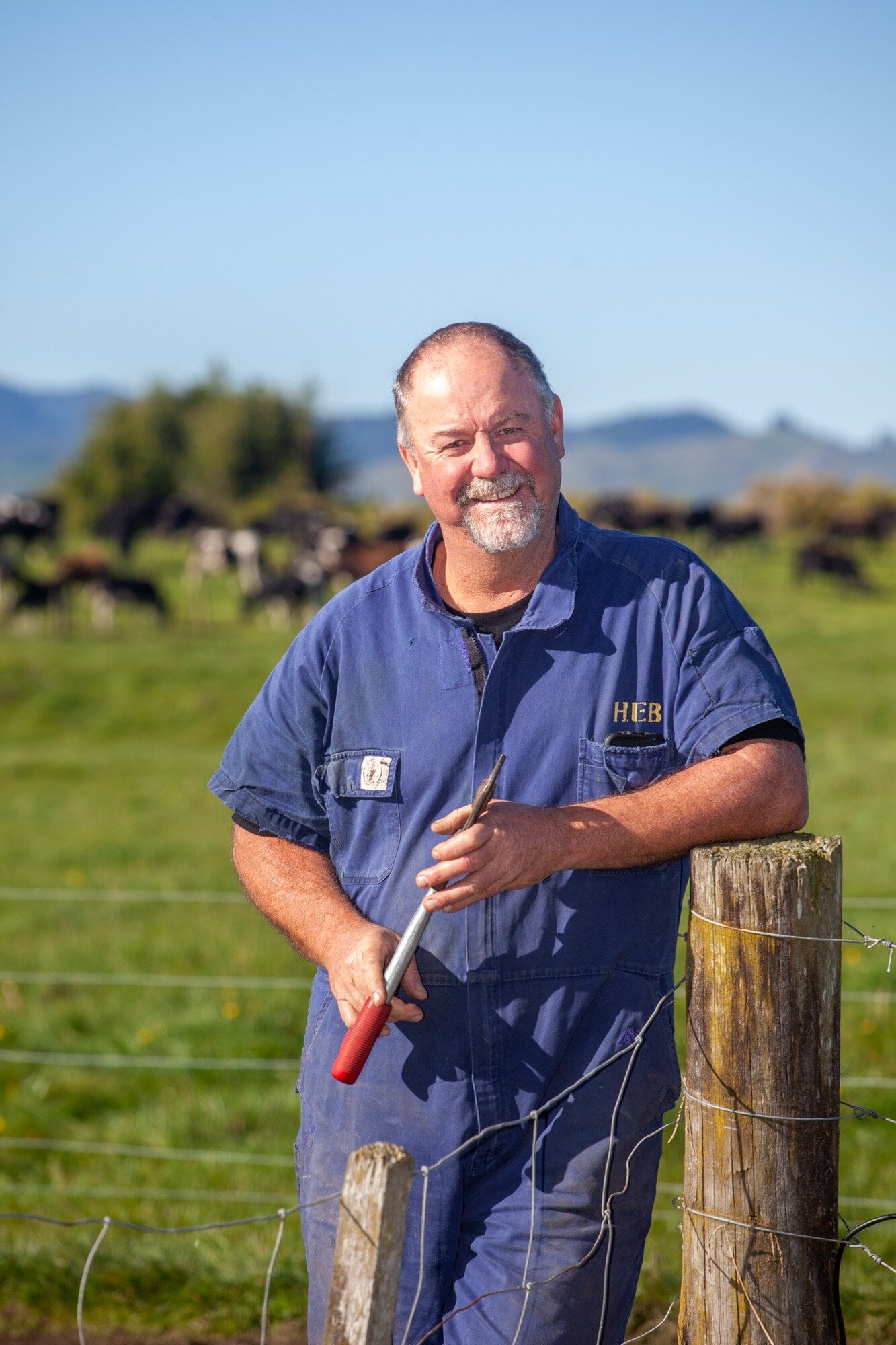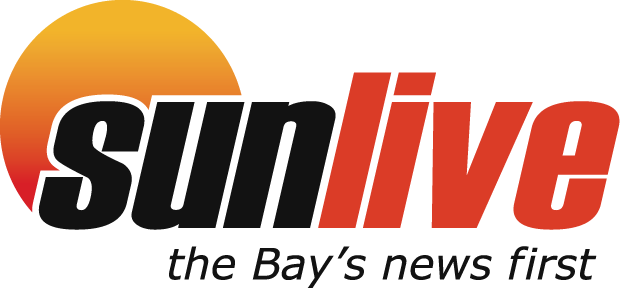Online dating has come to dairying, with AI (artificial intelligence) helping AI (artificial insemination).
Waikato sharemilker Matthew Zonderop launched Perfect Cow Breeding Solutions (PCBS) at Fieldays and was a finalist in the associated Innovation Awards.
His new business featured in the Early-Stage category at Mystery Creek which highlights innovations that have moved beyond the conceptual phase and launched commercially as “practical, real-world solutions” in the last year.
In simple terms, Matthew says PCBS replaces time-consuming spreadsheets matching bulls to cows with a fast online conversion via artificial intelligence (AI) conversational tool ChatGPT.
He uses a publicly available RAS (Ranking of Active Sires) list updated monthly by New Zealand Animal Evaluation Limited, an independent subsidiary of DairyNZ.
Traditionally, Matthew says he would take a month, post-calving/pre-mating, to develop a spreadsheet of the best bulls for his 380-cow herd at Te Poi, near Matamata.
This would initially involve thumbing through dairy herd improvement companies’ bull catalogues.
He says farmers would sometimes select multiple sires to cover their herds, or simply the “bull of the day” from the listings.
With PCBS, he can input data on bulls and cows covering a variety of preferred traits.
“Everything is the individual farmer’s preference. What we are all looking for though is peak milk production.”
Matthew narrowed the field down to eight bulls this season for his home herd, with PCBS producing a report in less than a minute.
Idea hatched
Correcting a mistake via AI while using several workbooks for a spreadsheet saw the business idea hatched two years ago.
Matthew initially used the system for his own herd, but decided to create a business which would help other dairy farmers achieve greater herd efficiency and milk production.
He pays a monthly subscription for the AI programme and on-charges farmers for inputting data and generating a report on the top bulls for their cows.
Matthew says apart from a quick conversion of data, his system also uses simple language….”farmer-speak”.
“It is designed to help dairy farmers make precise breeding decisions for their herd, both now and into the future,” he says.
“The mission is simple: to maximise herd performance, improve milk production, and drive sustainable profits for dairy farmers using cutting-edge science and technology.”
Matthew says the RAS database contains a list of about 27,000 bulls available for use by New Zealand farmers.
This is narrowed down by the preferred breed of bull farmers wish to use.
Using the RAS database - and farmers’ individual preferences – a bull’s desired traits to be passed on are identified.
Matthew says a clear breeding strategy is vital in building a stronger herd.
Leading bulls are selected in PCBS on their “genetic merit” through established breeding indexes.
These include Breeding Worth (BW), which ranks cows and bulls on their ability to meet the National Breeding Objective: to breed dairy cattle that efficiently convert feed into profit.
Desired traits
Desired traits for bulls to pass on in cows include milk volume, liveweight, milk protein, milk fat, gestation length, somatic cell count, udder conformation, body condition score and fertility.
Matthew says data used in PCBS also includes Production Worth, which ranks a cow based on their expected lifetime performance.
Added to all evaluations is genomics, the breeding of dairy cows using genotypes (DNA) to predict an animal’s potential for future profitability.
He says this examines how genes interact to influence the animal’s development and growth.
Farmers have an idea of a cow’s traits from her parents but are dependent on her production information to determine how reliable this information is, he says.
Matthew says genomic information can better predict which production qualities an animal has inherited and provide a much more reliable Breeding Worth at a younger age.
The final list of preferred bulls is sent by the farmer to a herd improvement company which supplies the associated semen, administered on-farm by an artificial insemination technician.
PCBS data for each farm is reviewed annually and changes made as required.
He says it will “take generations” for results to come through, as calves graduate into the milking herd.
He now also uses artificial intelligence for all his grazing plans and feed budgeting, while soil test results are put into the system for fertiliser application recommendations on his property.

Perfect Cow Breeding Solutions’ founder Matthew Zonderop. Photo / Supplied
In another extension, PCBS processes data on cow health in his herd which he receives from a sensor inside the stomach of each animal.
Matthew, the Waikato and Matamata Federated Farmers’ Dairy Section chair, was on site in the Rural Advocacy Hub at Fieldays and says visitors had learnt about PCBS either through word-of-mouth or online.
“They seemed to be impressed and enthused, and keen to know more.”



0 comments
Leave a Comment
You must be logged in to make a comment.